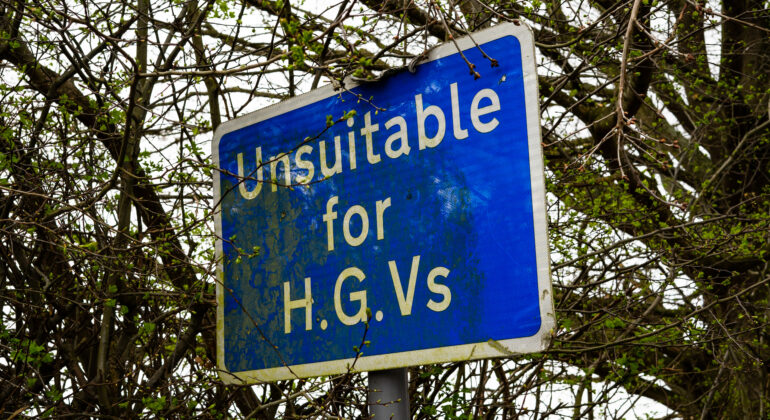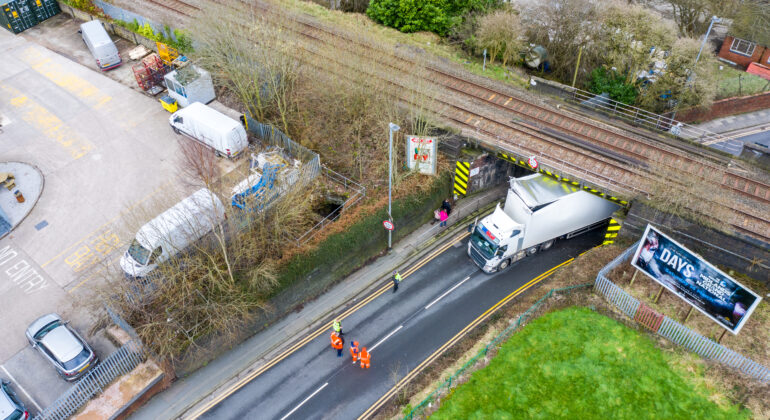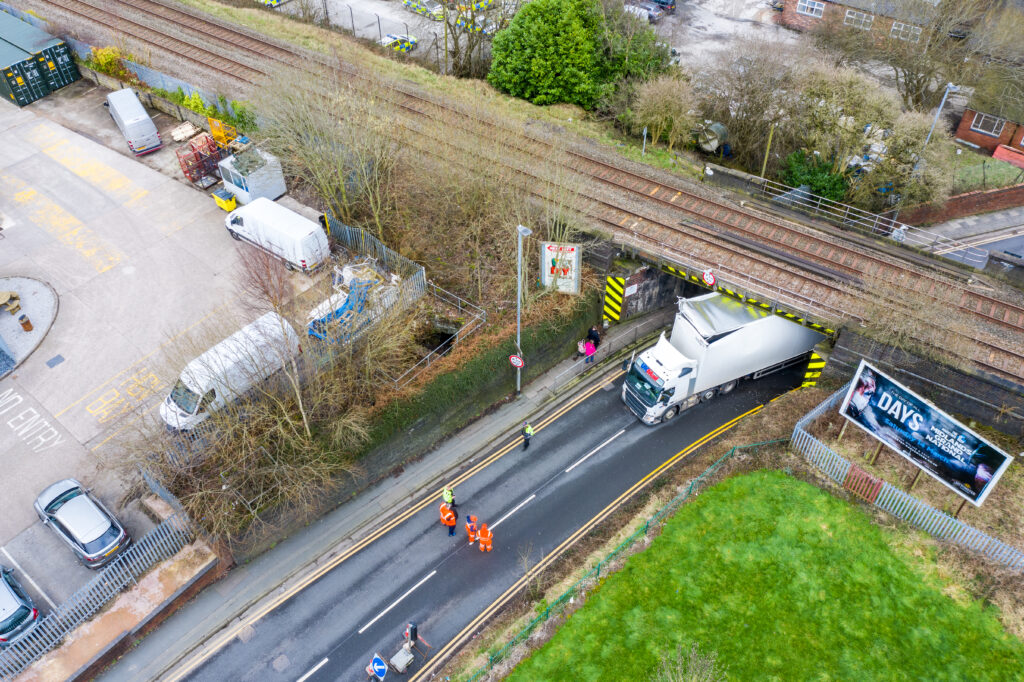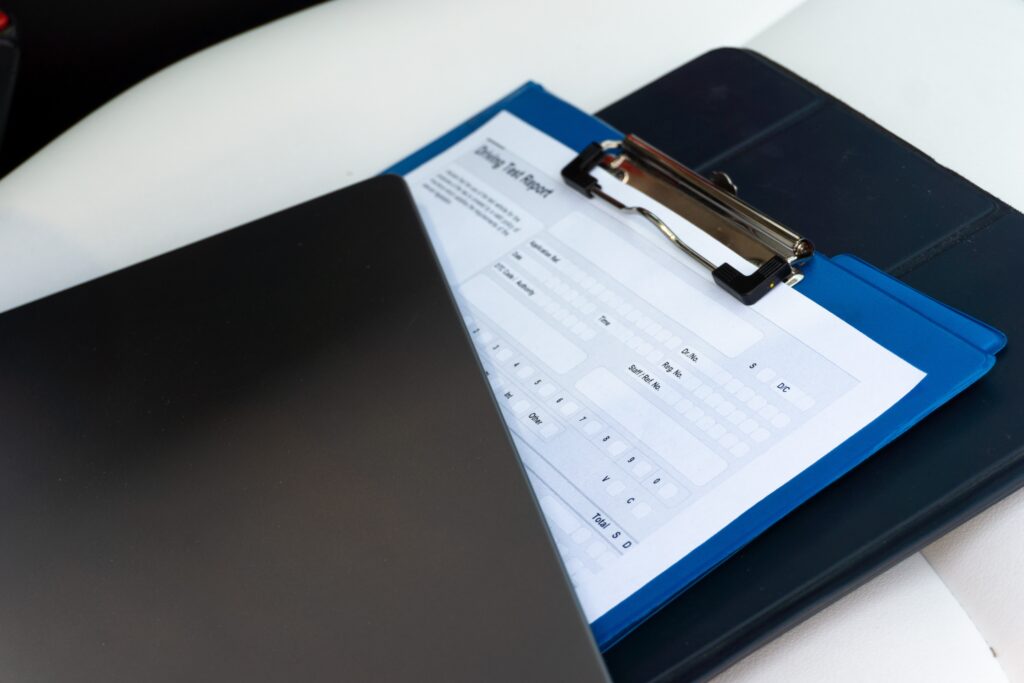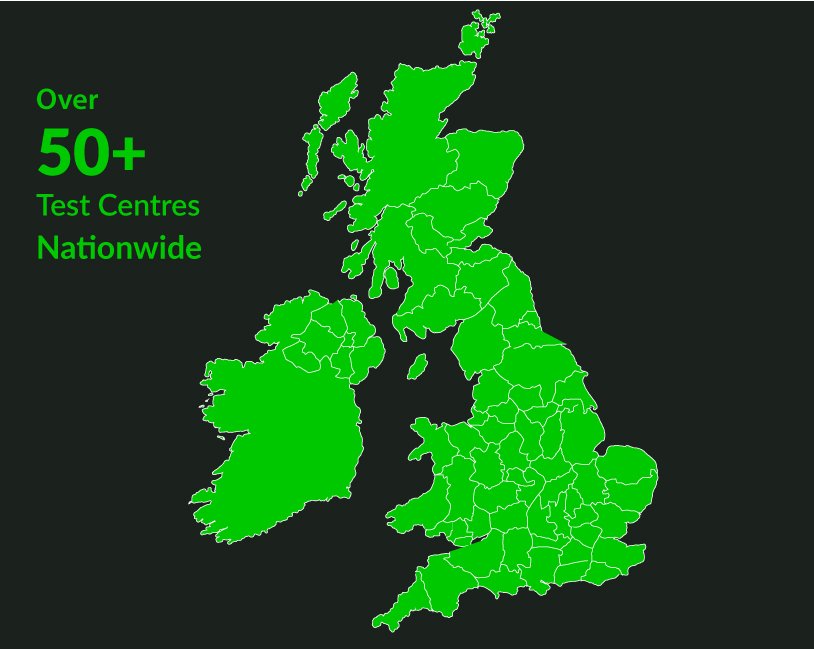Heavy goods vehicle (HGV) drivers often find working in the biggest cities problematic – because space is tight, it’s busy, and people are passing by walking or cycling all around you.
This is especially true in London, the country’s capital – hence the need for the HGV safety permit.
But what is an HGV safety permit and how can they help HGV drivers?

What is a Direct Vision Standard permit?
Before we can understand the HGV safety permit, we need to explore the DVS standard, as you can’t obtain the permit without this.
The Direct Vision Standard (DVS) measures how much an HGV driver can see through their cab windows and is expressed on a scale from 1 to 5 stars – with zero stars denoting a limited view and five stars which is deemed as good.
This star rating is fixed (cannot change) and depends on the vehicle design but also indicates the risk to the more vulnerable road users around you.
As part of the Mayor of London’s Vision Zero plan, by 28th October 2024 all HGVs over 12 tonnes will need to:
- Hold at least a three-star rating, or
- Fit the Progressive Safe System
To be able to operate safely and legally within Greater London.
What is the Progressive Safe System?
The Progressive Safe System (PSS) is a set of vehicle safety measures, fitted to your HGV to reduce the risks to more vulnerable road users like pedestrians and cyclists.
If your vehicle holds a zero-, one-, or two-star rating, you or your company will need to retrospectively fit the following safety measures or invest in vehicles with a higher star rating.
- Fit a Camera Monitoring System (CMS) to reduce blindspots at the nearside.
How many cameras are needed will depend on the size of the blindspot on each HGV.
- Class V and VI mirrors, or a CMS that replaces these mirrors must be fitted on the front and nearside of the vehicle.
- A Blind Spot Information System (BSIS) must ensure full coverage on the nearside of the vehicle to detect vulnerable road users and should not activate because of roadside furniture (like bollards and signs) or stationary vehicles.
This aims to prevent collisions from left turns.
External A3-sized warning signs should be placed on vehicles to provide clear visual warnings of hazards.
Moving Off Information Systems (MOIS) should be fitted to the front of the HGV to prevent collisions in the front blind spot.
Side under-run protection must be fitted on both sides – unless this is not possible.
Audible warnings should be fitted for turning left (or if turning right in left-hand drives).

Is a TFL HGV safety permit the same as the Direct Vision Standard star rating?
An HGV Safety Permit is required before an HGV in excess of 12 tonnes is operated (used/driven or caused/permitted to be driven) on any public road in Greater London.
You can only obtain an HGV safety permit if you already have a DVS star rating – of at least a three-star-rated vehicle or have a zero-, one-, or two-star-rated vehicle that has been fitted with safety improvements from the Progressive Safe System (PSS) – as we explored above.
As such, both systems are connected but not exactly the same.
Why was the HGV safety permit scheme introduced?
The HGV safety permit scheme has been brought in because of the disproportionately large number of HGVs involved in fatal collisions – despite them driving only 4% of the total miles driven in London, as found by Loughborough University.
Restrictions in the HGV driver’s field of vision – out of the cab – have been identified as a large contributing factor, as drivers must use a total of 6 mirrors and 3 windows to see a cyclist or pedestrian standing nearby.
As such, to reduce the number of accidents and fatalities, the HGV safety permit scheme was born.
*With hundreds of highly rated testimonials from past trainees, HGV Training Network could be just the provider you need to get you out on the open road.
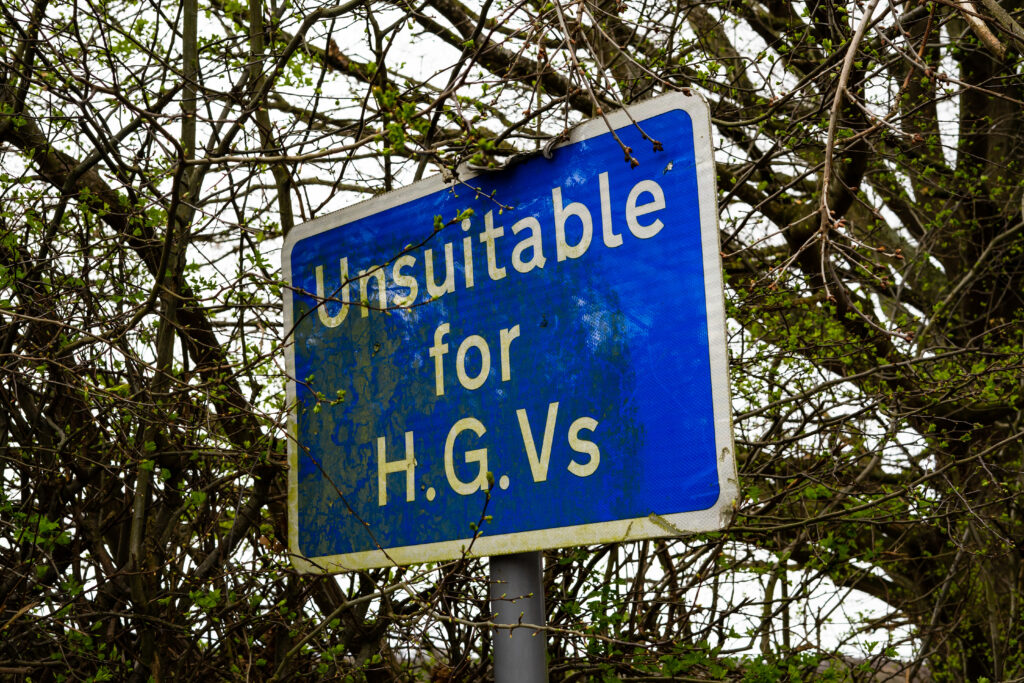
HGV safety permit guidance – what you need to know
While it is well worth taking the time to go through the information distributed by Transport for London on the topic, there are a few key things that are worth knowing right off the bat – as it could save you a large amount of time and money.
- The HGV safety permit is available for free and can be sorted online for extra ease!
- This only applies to you if you work or travel through Greater London – though extra safe HGVs will never be a bad thing.
- It only applies to HGVs/LGVs over 12 tonnes – you may not need to worry about this.
- This does apply to HGVs registered outside of the UK who operate in Greater London.
- Both left- and right-hand vehicles are applicable.
Likewise, if you are wondering about the legal implications of this permit, you should be aware that it has been meticulously implemented to ensure compliance.
- If you currently have a safety permit for an HGV that is rated less than three stars, this will expire at 11:59 pm on 27th October 2024.
- Failure to make the relevant safety improvements (on an HGV rated two stars or less) and apply for a new permit means you can be issued with a penalty charge notice of £550 if you drive into Greater London again – no matter the time, day or night.
- There is a grace period for those who need extra time to install the additional safety improvement – but you need to apply for it and provide evidence. The grace period is 3 months, if you are approved.
For all things HGV, HGV Training Network can help
HGV driving can be a complex and surprisingly all-encompassing career that involves lots of very specific knowledge. But if you are new to the profession – or even are just about to start your HGV training or CPC training it can seem overwhelming.
But do try not to worry – nobody expects you to know everything straight away. Plus, with the help and advice from our expert staff of driving instructors (who all have years of HGV driving experience) you’ll soon be up to date on key issues and upcoming changes within the industry.
To find out more, ask any questions, or enquire about starting your training, fill in our contact form or call us on 0800 254 5007.


